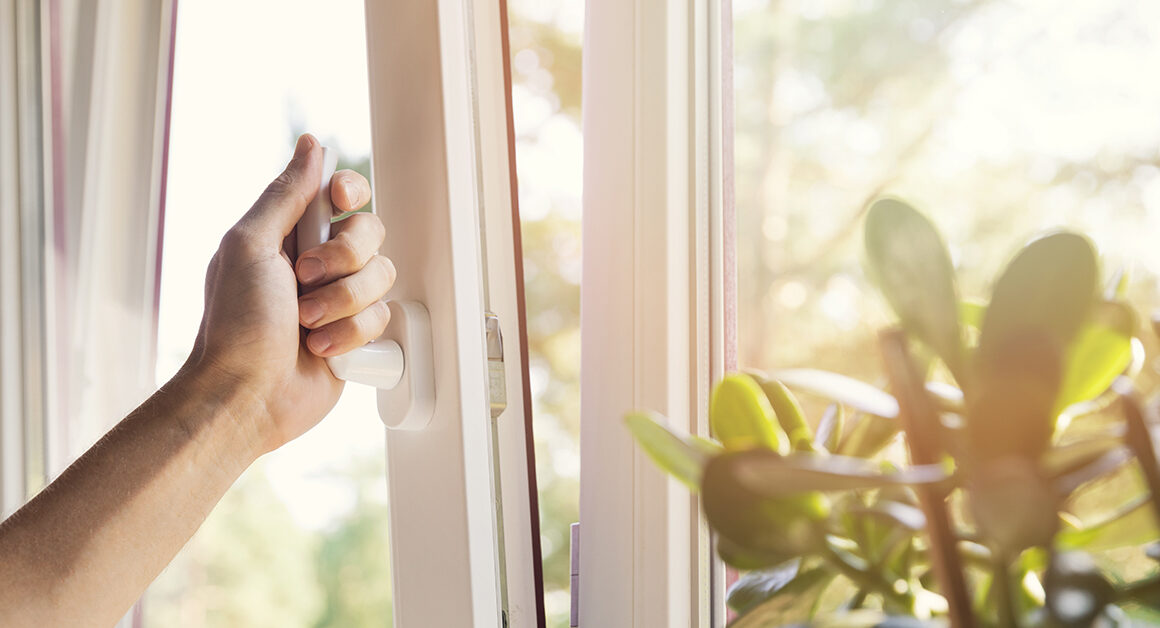6 Things Your Windows Are Trying to Tell You
Some homeowners have no idea how old their windows are. They may look OK from afar, but there might be some telltale signs that there are serious issues. Even if your windows aren’t that old, issues can arise at any time. Your windows are talking, so listen up. They’re telling you they’re stuck, suffering from moisture damage, or letting in outside air.
1. Condensation Forms Along The Bottom Or Corners Of The Glass
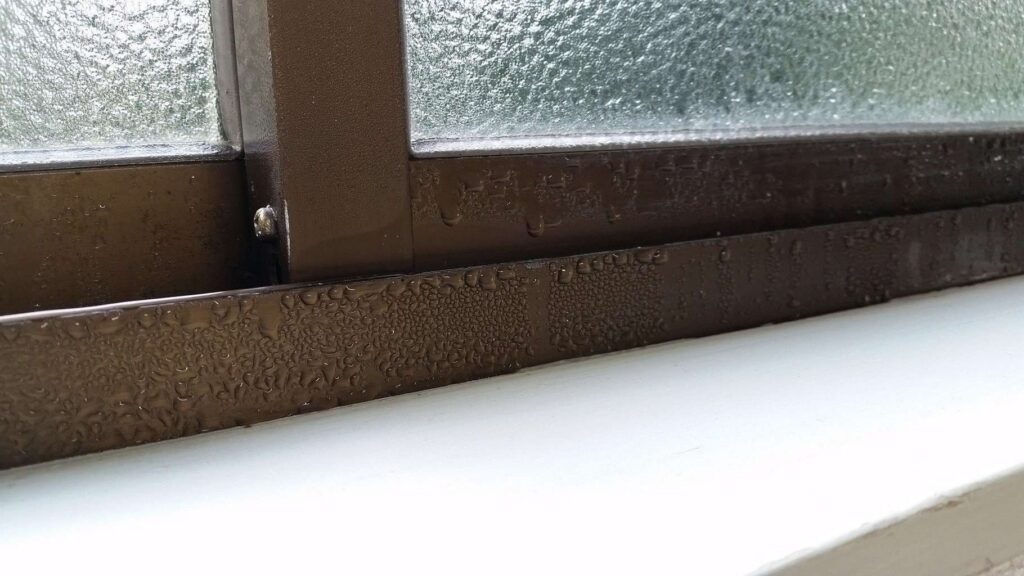
If you see condensation along the bottom or corners of the window glass, this tells you that your home is excessively humid. This indoor humidity issue can lead to mold or mildew growth as well as rotten windowsills. To create a balanced indoor atmosphere, you can open your windows for better ventilation or just invest in a dehumidifier.
2. Condensation between Panes of The Glass
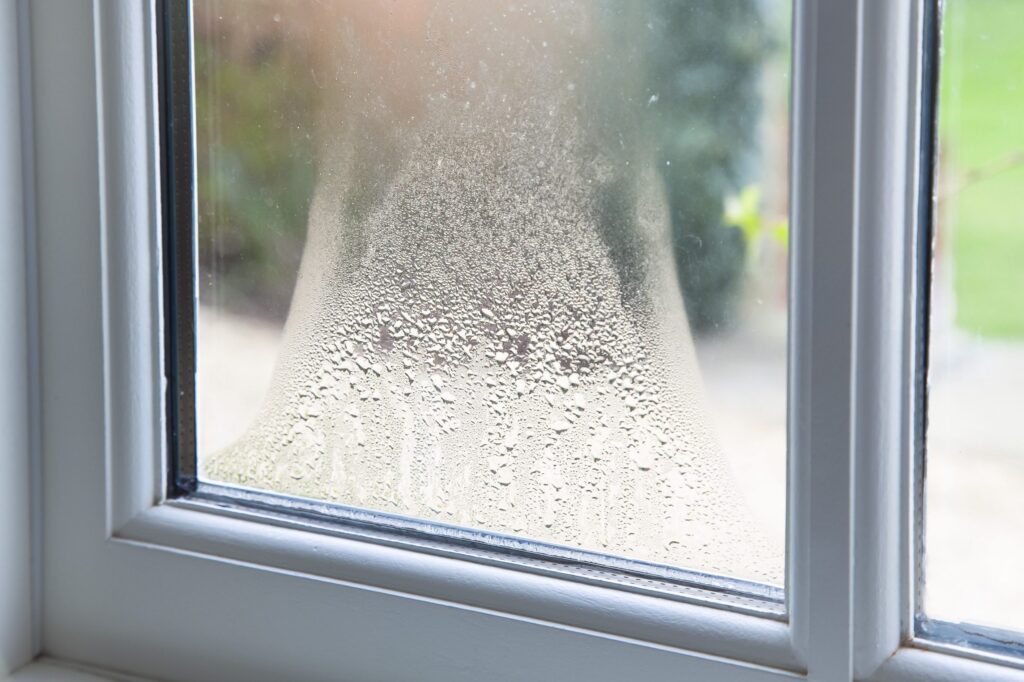
Dual-pane windows typically have a sealed airspace between the panes, which is an insulating feature. If you see condensation inside the airspace, it means that the seals have failed and there is trapped moisture inside the window. Moisture gets trapped between the panes and condenses into droplets or turns foggy. If you notice a large area of damaged pane, you need to invest in replacement windows.
3. Condensation Forms In The Center Of The Glass, Inside The House
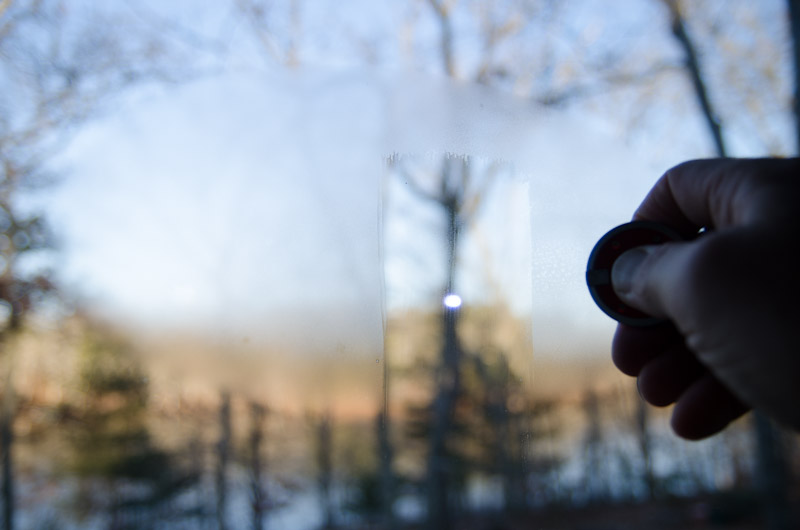
Your window is trying to tell you: You’ve probably got a gas leak. This can be a problem in double-pane, gas-filled windows. The gas, typically argon, leaks out from between the two panes or settles to the bottom of the window, causing the glass to bow inward. Once the gas leaks out, the window no longer provides good insulation, which is why the glass gets cold in the winter. Replacing the window is the only way to solve the problem, and the issue may be covered under a warranty.
4. Difficulty in Operation
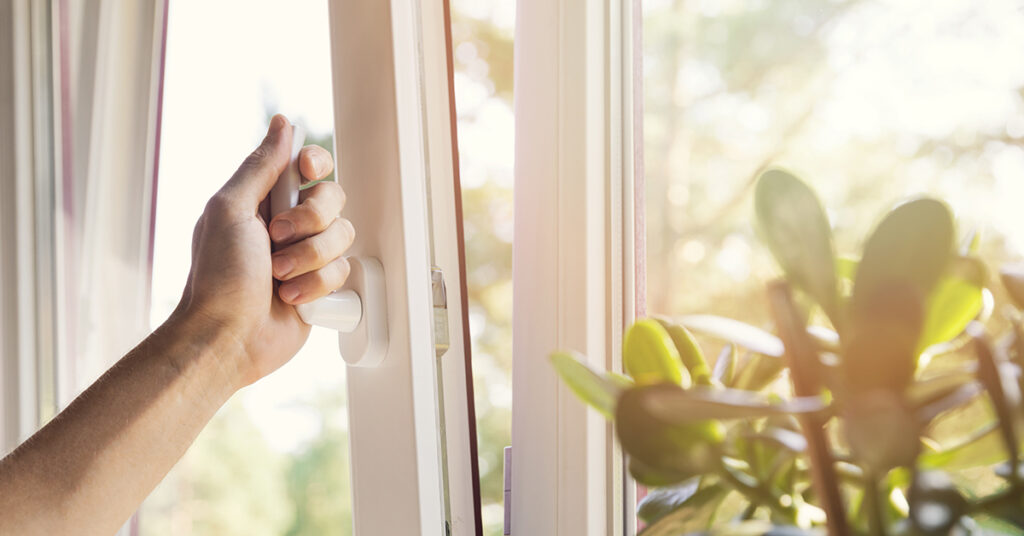
This typically happens to wooden frames: that have swollen due to temperature changes. Carefully sanding them can help make panels slide easier, but too much could make the sash too loose when the wood shrinks back.
If you are replacing your windows, make sure you invest in composite window frames. In some cases, such as casement windows, this could be more of a hardware problem, typically the joints and cranks. If lubricants do not help, you should schedule for a replacement immediately.
5. Leaks around the Window
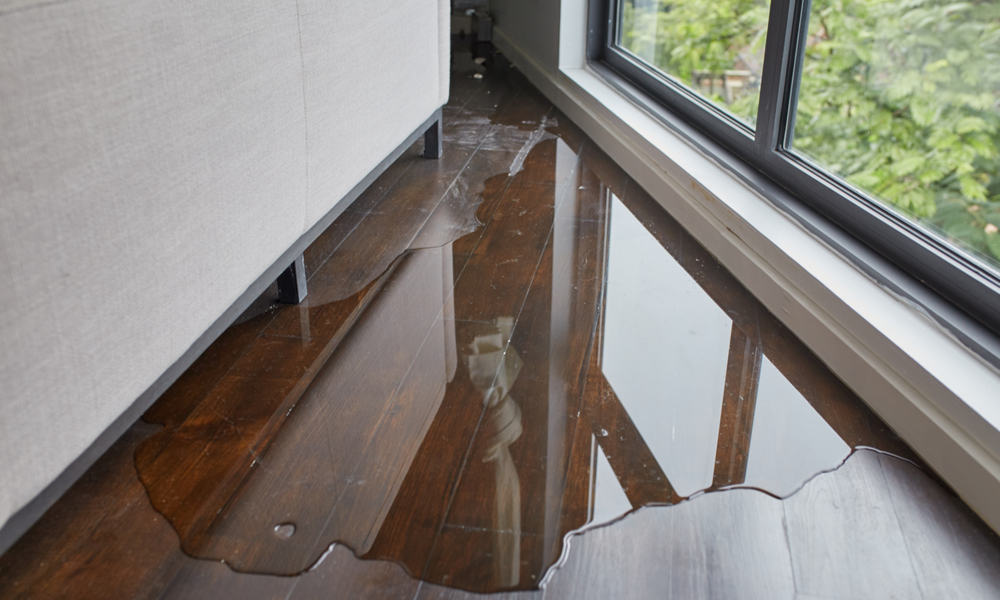
Your window may not be closing as tight as it should if you find rainwater leaking around it. You should if the locks are working properly. If the leak is still apparent, you can check other components of your home. If a window is shut tight and water is still getting inside, and especially if the leak is happening near the top, then there’s some bad news. The leak is probably not due to the window, instead, it’s probably coming from somewhere else, such as the roof or siding, and the water is dripping down the wall and entering at the window.
6. Drafts
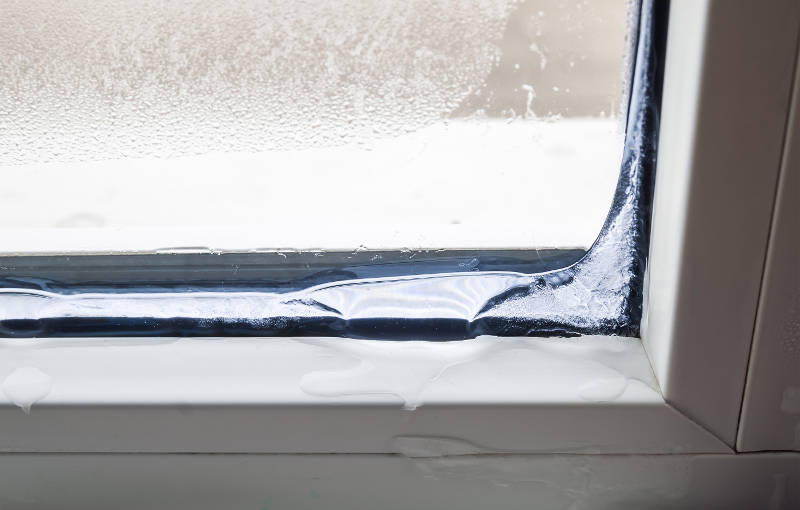
If your windows are drafty, it’s time to check the weather stripping. If it’s seems to be loose or missing a chuck here and there, it’s going to let that cold (or hot) breeze in. This indicates poor window insulation, which can be resolved by replacing weatherstripping. If you still feel drafts after replacing your window’s caulking, you need to look for high-quality and durable replacement windows. Stopping the drafts should lower your energy bills and improve your comfort indoors.

